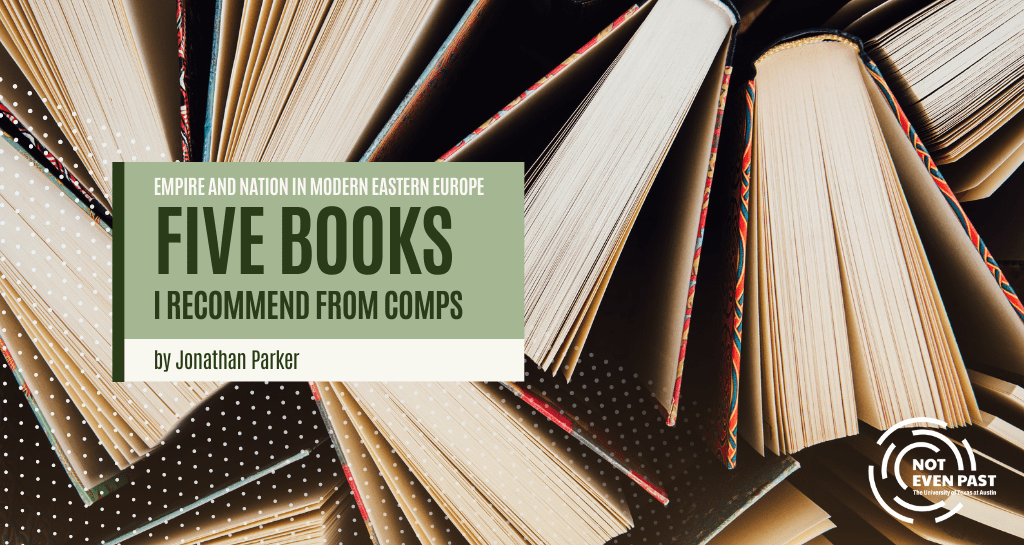
By Jonathan Parker
Empire is not dead. The previous twenty or even ten years have shown that imperial legacies continue to infuse political thinking and cultural discourse. Moscow has invaded Ukraine to bring the latter back into the ‘fold’, restoring so-called ‘all-Russian unity’.[1] Beijing pressures developing countries not to recognize Taiwan’s independence, so that it too might ‘reclaim’ Taiwan. The United Kingdom clings to fond memories of empire in “splendid isolation” as it disengages from the European Union and seeks trade deals with former colonies. These imperial pasts are often bound up with national identities, and these identities remain fraught and contested themselves. After all, what does it mean to be a “real American” in the U.S. today? Is the U.S. a Christian, English-speaking country or a cosmopolitan land of opportunity for all? And what kind of empire is it anyway? In the course of my graduate studies and preparing for my comprehensive exams, I have had the opportunity to read widely on these themes. Here I recommend several volumes, which I have found especially helpful or thought-provoking. My research specialization is nationalism and empire in eastern Europe, and this is reflected in my choice of books. In part thanks to its turbulent history over the past two centuries (from absolute monarchy to “illiberal democracy” via nationalism, fascism, socialism, and capitalism), eastern Europe is a particularly fruitful setting in which to contemplate questions of power and identity. Here then are five books I recommend from my reading for comps.
1. Beneš, Jakub. Workers and Nationalism: Czech and German Social Democracy in Habsburg Austria, 1890-1918. Oxford, United Kingdom: Oxford University Press, 2017.
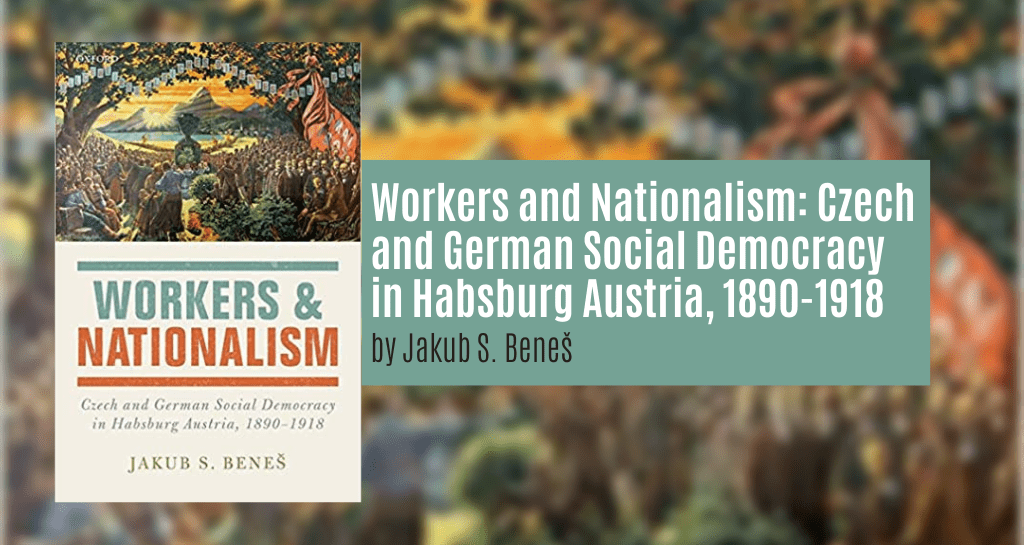
Workers and Nationalism explores how ordinary workers and autodidact intellectuals sought a greater role not just in shaping their society politically, but also culturally. Previous scholarship has focused on how nationalism was unimportant to most ordinary people, with a special emphasis on rural areas of the Habsburg empire. Beneš makes the case for working class agency and activism in nationalist discourse in the industrial cities and suburbs of Habsburg Austria and Bohemia. Czech and German workers did in fact actively participate in nationalism. What’s more, they often articulated their own sense of nationality independently from and even in opposition to the middle-class activists who have dominated earlier works on nationalism. While workers also imagined nations in non-voluntarist, ethnic terms, they still felt excluded from middle-class forms of nationalism. Socialism, in the form of Social Democracy, empowered workers not just to demand a greater role in government, but also in defining their respective national cultures. These demands were often couched in adversarial language, influenced by Christian Millenarianism, which presented political and cultural democratization as redemption for long-suffering workers. This book is admirable for bringing working class perspectives back into view in a complex and highly nuanced way.
2. Brown, Keith. Loyal unto Death: Trust and Terror in Revolutionary Macedonia. New Anthropologies of Europe. Bloomington: Indiana University Press, 2013.
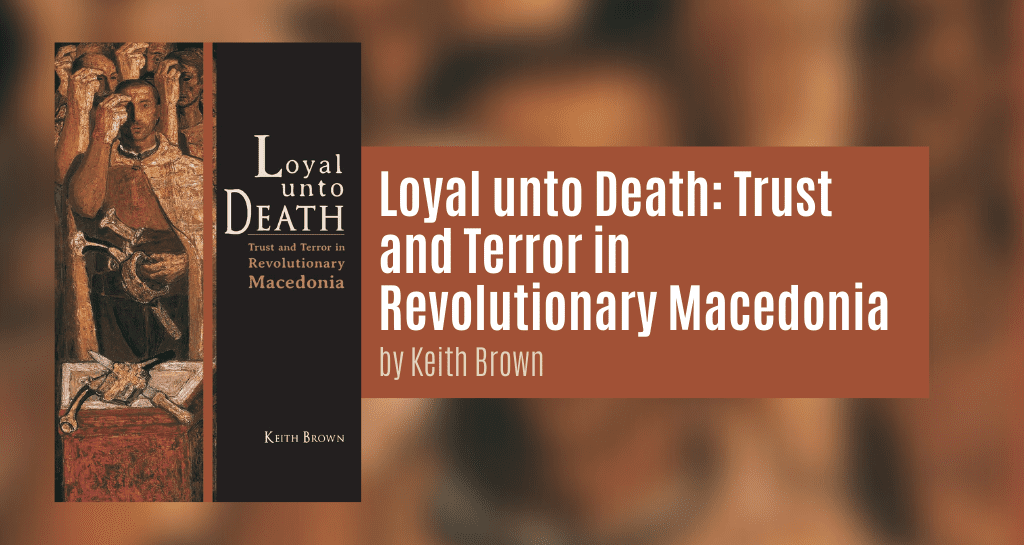
This fascinating work combines anthropology and history in order to study how insurgencies organize themselves and carry out violent actions against the government. Loyal unto Death examines how the Macedonian-Adrianople Revolutionary Organization (MRO) organized and equipped itself to launch the Ilinden Uprising of 1903 with 20,000 armed peasants against the Ottoman authorities. While the uprising ultimately failed, its sheer scale is impressive given the poverty and illiteracy of most of the people involved. Brown attributes the effectiveness of the MRO to what he calls “circuits of exchange.” First, continuous migrations of peasant laborers between villages and major Ottoman cities put disparate villages in contact with each other while also bringing in much needed money and other resources. Second, the MRO used a variety of oaths to induct and organize its membership. These oaths codified the person-to-person relationships which made up the MRO while also producing a subjective sense of belonging to a wider community of insurgents. Explicit rules and regulations were also developed for specialized armed bands, who in turn were dependent on civilian “receivers” for supplies and information. Third, while most of its members were illiterate, the MRO did produce its own written record, especially in the form of “death sentences” left on those killed by its terrorists. In doing so the MRO sought to both make itself legible and legitimate to others, including potential recruits and foreign observers. These circulations of things, Brown argues, made up the “sinews” of the MRO, in turn making organized, deliberate action possible.
3. Jezernik, Božidar. Wild Europe: The Balkans in the Gaze of Western Travellers. London: Saqi in association with the Bosnian Institute, 2004.
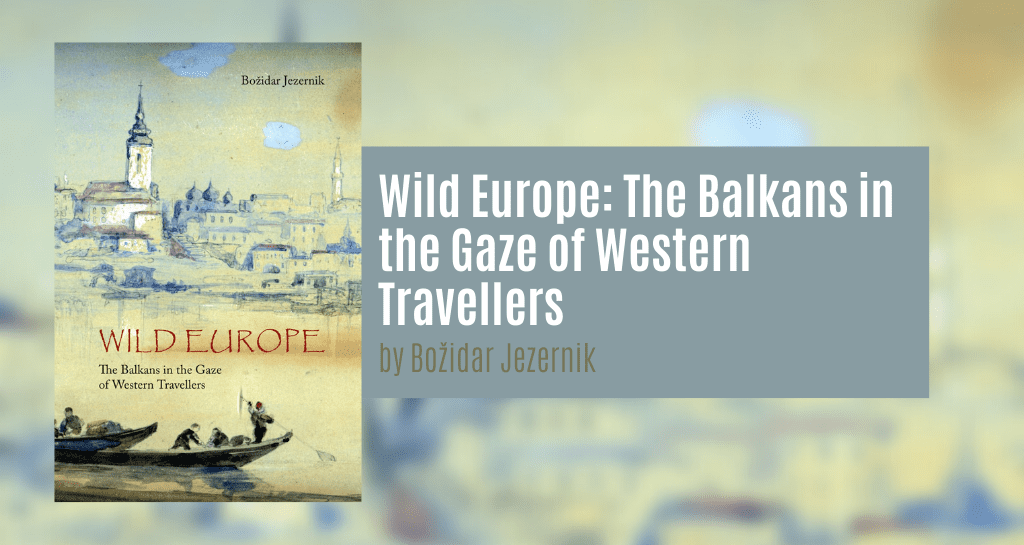
Wild Europe works like a series of vignettes into its subject, each dealing with a specific fixation of westerners who wrote about the Balkans. This impressionistic approach not only makes the book an interesting and engaging read, but also makes Jezernik’s overarching argument more accessible. One chapter focuses on the geopolitical contestations over Macedonia around 1900, while others scrutinize myths about “men with tails” and headhunting. One especially fascinating chapter discusses the dramatic change in westerners’ perception of coffee, which spread to western Europe from the Ottoman Empire. The focus here is not so much on the people and practices in the Balkans themselves, but on how westerners imagined the Balkans through specific myths and stereotypes. The main thrust of this book is that westerners came to have a more negative view of the Balkans as time passed from the 16th to the 20th century, and these views were often connected to the relationship between the Ottoman Empire (which ruled over most of the Balkans in this period) and western European empires. More specifically, westerners increasingly distanced themselves from the Ottomans and the Balkans, seeing themselves as more “civilized” and finding “evidence” for barbarism in practices (both real and imagined) in the Balkans.
4. Kivelson, Valerie A., and Ronald Grigor Suny. Russia’s Empires. New York: Oxford University Press, 2017.

Russia’s Empires is not just a fascinating examination of empire in Russian history specifically, but also a broadly useful discussion of what an empire is in general. This general discussion frames the book’s chronological narrative of Russian history, focusing on the different ways in which empire has manifested in Russia’s history (i.e. Russia’s empires). The authors begin with a discussion of the stateless societies in what would later constitute the core of imperial Russia, and how the Mongol invasion in the 13th century provided a model of rulership to Russian princes. Subsequent chapters develop and support the author’s theoretical framework for thinking about empire. Specifically, they argue that empire consists of four key characteristics. Empires are (1) ruled by a supreme sovereign, answerable to no one, (2) rule over a wide range of disparate lands and people, and (3) are based on a strict hierarchy between metropole and provinces, clearly demarcating superiors and inferiors. This relationship is often internalized by its participants, making subject populations active participants in subtle and symbolic ways. Consequently, (4) rule is exercised through the maintenance of difference rather than homogenization. The authors emphasize the first and last of these points, arguing that the Russian state has oscillated between authoritarianism and diversity over time.
5. Lower, Wendy. Nazi Empire-Building and the Holocaust in Ukraine. Chapel Hill: University of North Carolina Press, 2005.
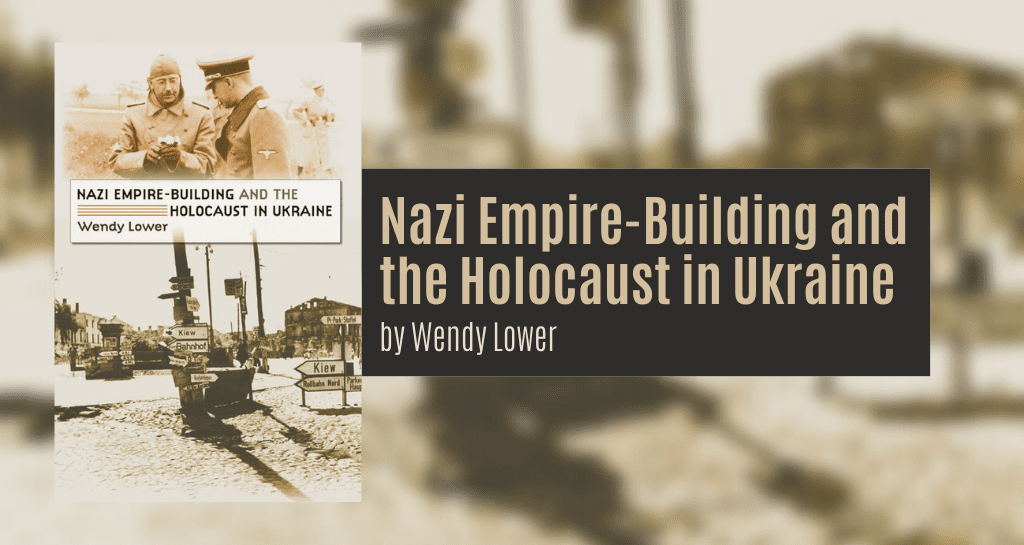
In Nazi Empire-Building, Wendy Lower brings back into view the colonial dimensions of the Nazi campaign to subjugate Soviet Ukraine during the Second World War. She demonstrates that Nazi officials explicitly saw themselves and their subordinates as colonizers on the model of the British in India, with inspiration also taken from the United States. Conversely, they also compared Ukrainians and other Slavs to the indigenous peoples of Africa, Asia, and the Americas. The Nazis planned to enslave and gradually exterminate Slavic populations (as well as Jews more immediately) while resettling their lands with German settlers. To this end, 2.3 million forced laborers were deported from Ukraine to Germany during the war. The Nazi colonial project failed, Lower points out, not just because they lost the war, but also because of their own grand and incoherent fantasies of empire. Nazi subordinates were often presented with vague or conflicting orders, and policy was usually made up on the spot. Eager to please and willing to adapt radical policies to local conditions, these subordinates conducted campaigns of extreme violence in their local jurisdictions.
Jonathan Parker is a PhD Candidate in the Department of History at the University of Texas at Austin. Born in England, Jonathan grew up in Scotland, Denmark, and Texas. He received his undergraduate degree from UT Austin in 2016 and completed a double Master’s degree at the University of Glasgow and Jagiellonian University, in Cracow, in 2018. His PhD dissertation examines the role of the police in state- and nation-formation in interwar Czechoslovakia, while considering how that role varied among the state’s regions.
[1] For more historical context on this issue, I also recommend Lost Kingdom by Serhii Plokhy, who is director of the Harvard Ukrainian Research Institute, among other things.
The views and opinions expressed in this article or video are those of the individual author(s) or presenter(s) and do not necessarily reflect the policy or views of the editors at Not Even Past, the UT Department of History, the University of Texas at Austin, or the UT System Board of Regents. Not Even Past is an online public history magazine rather than a peer-reviewed academic journal. While we make efforts to ensure that factual information in articles was obtained from reliable sources, Not Even Past is not responsible for any errors or omissions.



